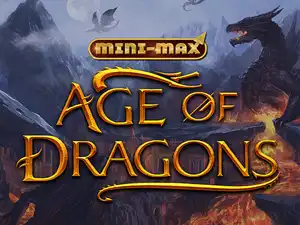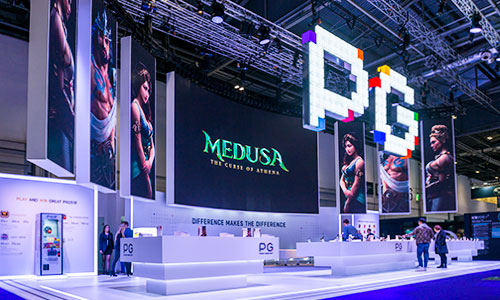The Council of Capital City Lord Mayors 2020-21 report on measuring the Australian night time economy was released on Wednesday.
It revealed Melbourne’s night time economy turnover remained relatively steady – down just 0.1 per cent despite the pandemic.
Acting Lord Mayor Nicholas Reece said Melbourne’s electric night time economy was one of the city’s biggest assets.
“We’re doing everything we can to support our twilight traders, making sure Melbourne remains Australia’s most liveable city and our local economy continues to thrive,” he said.
“Last year, our city’s bars, nightclubs, restaurants and entertainment businesses contributed more than $3.3bn to the local economy, supporting more than 31,000 jobs – a 15 per cent increase on June 2019.”
The report found Melbourne gained 51 entertainment establishments, 33 creative and performing arts activities and 14 sports and physical recreation activities.
Meanwhile, the city’s food sector gained 68 new cafes, restaurants and takeaway food services.
In fact, food and drink businesses made up 79 per cent of Melbourne’s night time economy.
Overall, Melbourne’s evening economy employed more than 31,000 people in 2020-21, a 14.9 per cent increase on the previous 12 months.
When compared to the rest of Australia, Melbourne’s night time economy makes up a higher than average proportion of its total employment – 10 per cent compared to eight per cent nationally.
Mr Reece said the city had introduced a range of initiatives to reignite the night time economy following the height of the Covid-19 pandemic.
“From our Night-Time Economy Advisory Committee to the hugely popular Melbourne money dining scheme, to our outdoor dining program and business concierge service, it’s clear our efforts are having a significant impact during Melbourne’s sustained bounce back,” he said.
“Our key dining and entertainment precincts are leading the charge in our city’s revival. For eight consecutive weeks, night time pedestrian activity in Southbank exceeded pre-pandemic levels.
“Between May and June, visitor spending surpassed pre-pandemic levels by five per cent, totalling more than $832m.”
Council chair Perth Lord Mayor Basil Zempilas said the report reflected the resilience of the sector across Australia.
“The sector recovered in most areas despite the ongoing lockdowns, lockouts and restrictions that were most severely imposed on this sector,” he said.
“Prior to the pandemic, the sector had been growing at a healthy rate.
“Whilst recovery has been demonstrated during the financial year of 2020-21, the growth across most of the sub-sectors had not returned to pre-pandemic levels by the end of the (2021) financial year; clearly the sector was still experiencing losses.
“Today, capital cities’ own evidence reflects weekend visitations are at pre-pandemic levels, however, the midweek continues to be impacted by less people working in our cities, impacting on both day and night time economies.”









